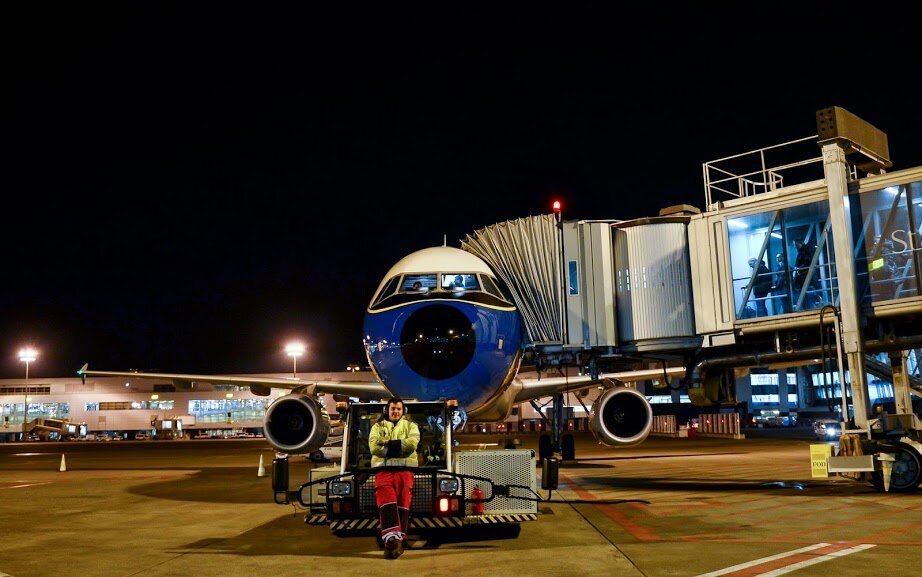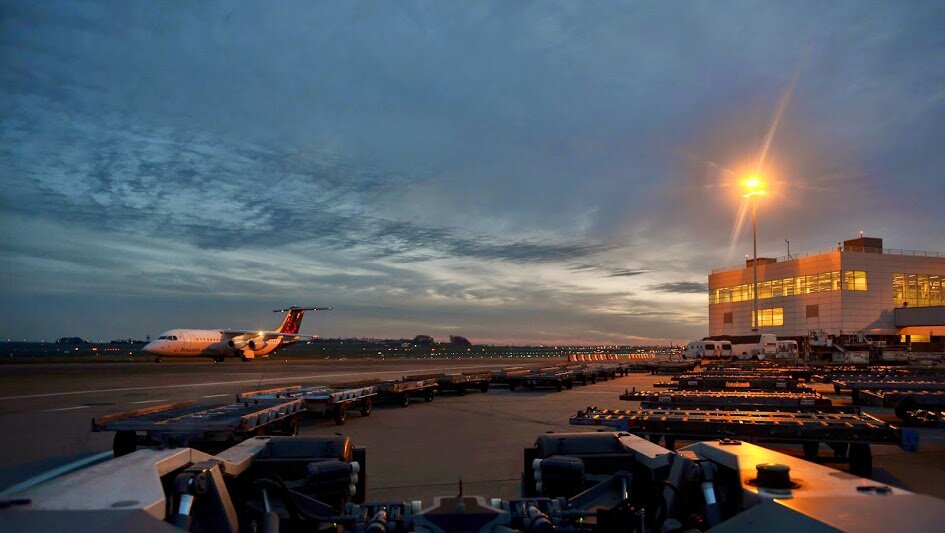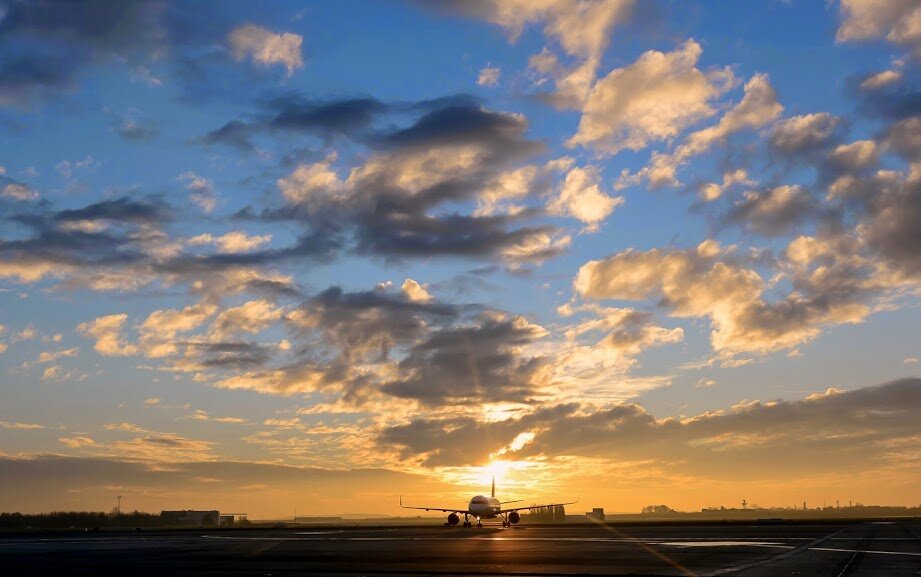Published Articles

Airline Innovation: How FSCs Challenge LCCs with New Products
Air travel is a commodity. For most travelers, price is king, and fare competition is fierce. Over the years, the vicious circle of price wars has left a trail of airline casualties. Surprisingly, many other industries manage to thrive in a commoditized environment, and airlines can learn from them.
Commoditization occurs when the market perceives products to be substitutable. When products are substitutable, customers will naturally purchase the cheapest, and businesses will fight to lower their costs. It is common for economic textbooks to use the evolution of the American airline market after deregulation to introduce commoditization.

Beirut-Rafic Hariri Airport: What You Need to Know
As the Phoenix dies and rises from its ashes, so have the beautiful and vibrant city of Beirut and its airport: Beirut-Rafic Hariri International Airport.
Beirut, the Lebanese capital, one of the oldest cities in the world, lies on the eastern shore of the Mediterranean Sea, at the crossroad between the Occident and the Levant. Despite being destroyed and rebuilt 7 times over its lifetime of 5000 years, it remains a vibrant, multicultural, flamboyant city that has defied earthquakes, invasions and wars, and rebuilt itself again from its ashes.

Season's Greetings
It's the end of 2017 so this will be the last article we publish this year. Today, we'll share with you audience stats (of loyal readers like you) and highlight the best read articles of 2017. Let's get started.
Who Reads New Airport Insider?
In comparison with last time, the number of managers as well as senior and junior managers have remained relatively the same while there is an increase in the number of directors (34% to 36%), a decrease in C-Suite (11% to 9%) and a doubling in the education-related readership (from 2% to 4%). See chart below.

This is Why No Airport Privatization in the U.S.
I was President and CEO of Airports Council International – North America (ACI-NA) for eight years, from July 1, 2005 through June 30, 2013. During those eight years, I had more conversations than I could possibly count with people who wondered why airport privatization has not taken off in the United States. Many of these conversations were with people heavily involved in running or financing privatized airports around the world. Many were held with U.S. colleagues who thought privatization would provide benefits. In the world’s largest economy, and primary bastion of capitalism, airport privatization has remained the rarest of infrastructure animals. Why?

Recruiting for Airport Diversity: Challenging Requirements
No business, including airports, operates in a vacuum. The environment in which each of us works is constantly changing. Competitive tension, evolving customer requirements and the ever-present stockholder expectations of growth and increased profit. This all comes together to put pressure on airport managers to do more with their limited resources, including people.
Then why would we limit ourselves to only a portion of humanity when it comes to building our teams?
What are generally considered the benefits of having a diverse workforce were outlined in my earlier article but actually getting a diverse workforce was only touched on in the diversity post. So let’s take a deeper look at recruitment and selection.

How Rainwater is Reused at San Diego Airport
Water stewardship means using less water, wasting less water and protecting water quality. At San Diego Airport, all are vitally important. The airport is uniquely situated in a borderline arid climate and on the edge of San Diego Bay.
A new Parking Plaza slated to open in late Spring 2018 will do all three at the same time. Besides enhancing customer service and meeting growing demand for close-in parking, the Parking Plaza will capture rain that falls on the 7.6-acre structure, routing it into a below-ground storage system with a capacity of nearly 100,000 gallons. Instead of becoming stormwater runoff, potentially impacting San Diego Bay, the collected rainwater will be used by the immediately adjacent central utility plant that houses the HVAC system.

Hiep Hiep Hoera!
It's New Airport Insider's 4th birthday and I promised not to forget our birthday this year as I had done last year and the year before that (see 2017 Resolutions, second point) It was on 4 October 2013 that we launched New Airport Insider. If you're curious, see our very first article.
Since then, we've written over 60 unique articles on topics like airport wildlife risk management, A-CDM, Brexit, airport talent, people development, growth markets, public private partnerships (PPP) and much more.
If you are new with us, use the Search functionality to the right or the Search by Category also to your right but a bit further down.
Thank you for being part of our online community and here's to another 4 years!

This is How Migration is Reshaping Air Transport
Millions of people are fleeing conflict in Syria, Iraq, Afghanistan and Ukraine, as well as persecution in areas of Southeast Asia and Sub-Saharan Africa. Why are people fleeing? Where are they going? How are host countries responding?Fleeing war-torn lands in search of safer, better lives, people have been leaving their native countries. A total of 9.6 million migrants fled the Middle East as of the end of 2015, up from 4.2 million in 2005 – a nearly 130% increase. This increase in emigration waves has been fuelled by arising conflicts mainly in Iraq, Syria, Yemen and Afghanistan creating the highest level of displacement since World War II. Worldwide migration pressures are expected to increase with the rise of war zones and demographic and economic differences between developed and developing countries. These waves of humanity will shape the future character of host countries.
